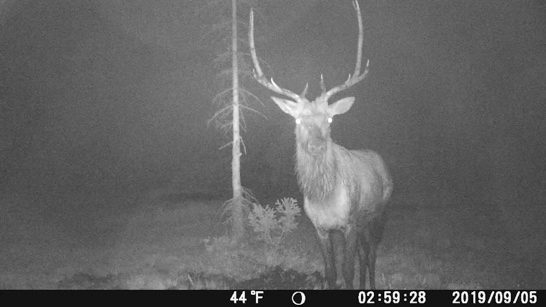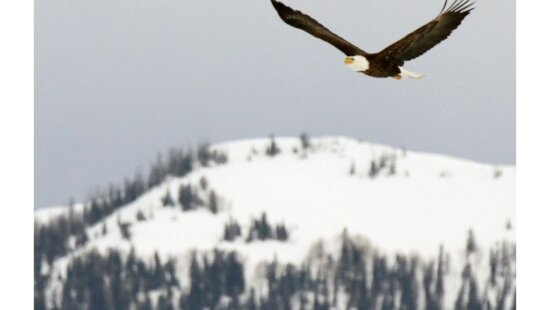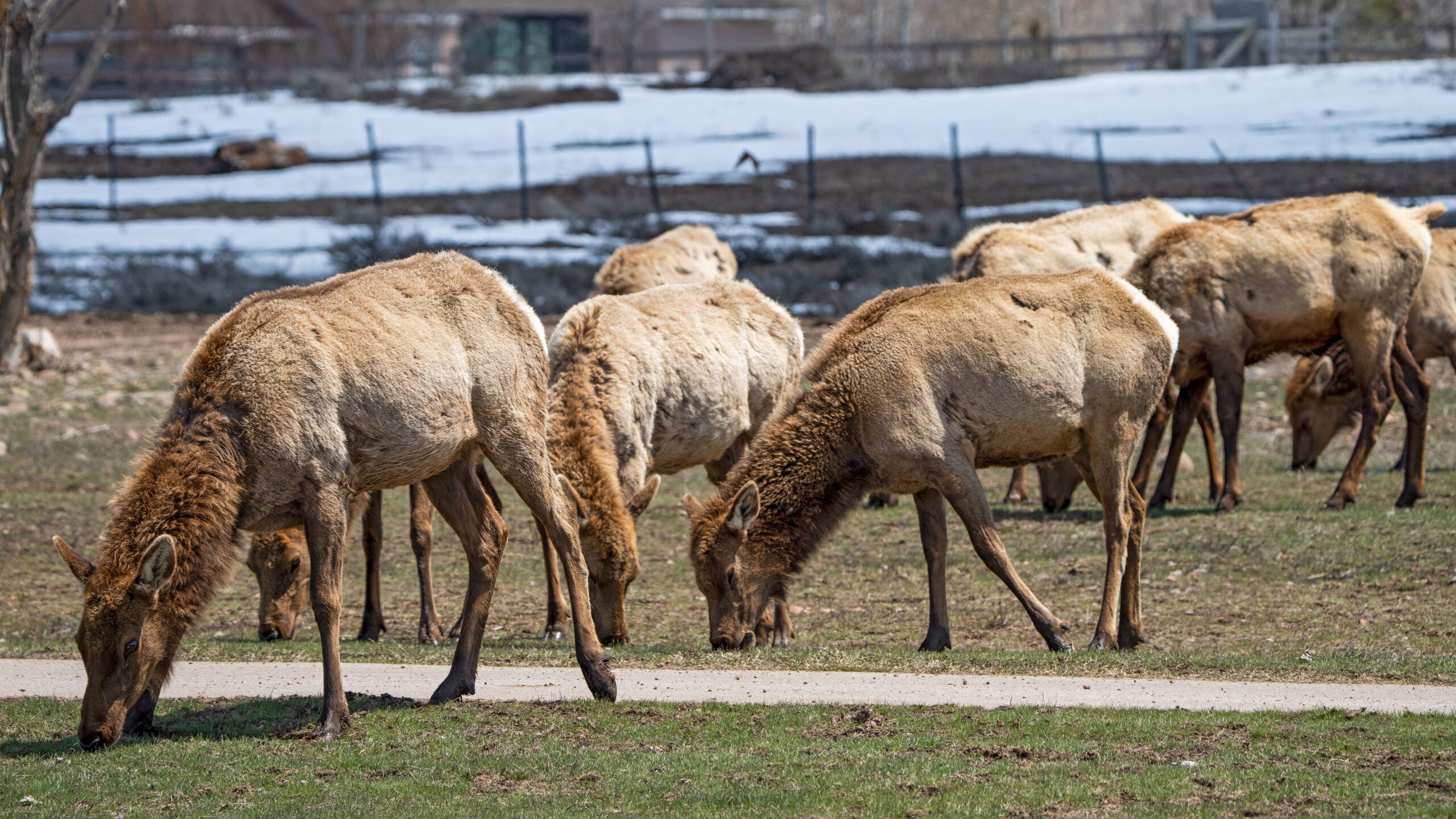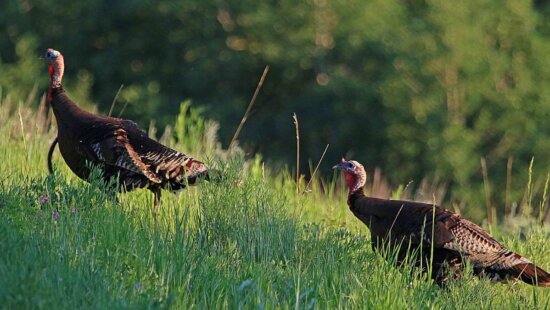News
Utah again proposes hunting-season ban on trail cameras

DWR is proposing to prohibit the use of transmitting trail cameras (or non-handheld transmitting devices) that are used to harvest or to aid in the harvest of big game between July 31 and Jan. 31. DWR is also proposing to prohibit the sale or purchase of trail camera footage or data that will aid in the harvest of any big game animals. Photo: DWR
SALT LAKE CITY — State wildlife biologists are again proposing a ban on the use of trail cameras in hunting a few months after they pulled the proposal to further survey hunters after some initial backlash.
The plan, proposed by the Utah Division of Wildlife Resources (DWR) on Tuesday, calls for a ban on trail cameras or any other non-handheld transmitting devices used to hunt between July 31 and Jan. 31, annually KSL.com reported. That includes any device that tracks the heat or motion of an animal, according to Covy Jones, the big game coordinator for DWR. If approved, the sale or purchase of any camera information, including images or data, for hunting would also be banned. Night-vision devices to locate or attempt to locate a big game animal would be prohibited 48 hours before and 48 hours after any big game hunt, as well.
The Utah Wildlife Board is scheduled to vote on the proposals early next year. If they vote to approve, it will go into place ahead of the 2022 hunting season.
The division first proposed the plan in late August, saying that about 62% of the more than 2,000 Utah hunters surveyed opposed the idea of using transmitting trail camera footage in real-time during the hunting season. Members of the Utah Wildlife Board voted to pull the proposal a day after it was announced to allow for the division to survey the plan to more people.
The new survey results, conducted last month, show most hunters still agree with the proposed changes.
In a video presentation published Monday, wildlife division Capt. Wyatt Bubak said 52% of hunters in the new survey said the state should regulate the use of trail cameras, while 38% opposed. Another 11% didn’t care either way.
According to the division, half of the respondents said they agreed that trail cameras impacted the “fair chase” of animals, defined as the “ethical, sportsmanlike and lawful” pursuit of an animal. A little more than one-third said they didn’t believe that was a problem.
While half supported the use of internal storage of trail cameras, more than two-thirds said they opposed the practice of transmitting trail camera data during big game hunting seasons. Only one-fifth of hunters surveyed supported that practice.
“A strong majority of the population opposes the use of these types of cameras for big game hunting,” Bubak said.
Two-thirds of respondents also supported a regulation on selling trail camera information, which the division officials say has become more popular in recent years.
“One of the things we had the highest public support for was the (proposal) to prohibit the buying and selling of trail camera data, including images, location information, time and data — anything media or location information captured with that,” Jones added.
Meanwhile, more than half of the respondents said they supported a regulation on how many trail cameras can be used. More than two-thirds supported the idea of regulating a limit on how many cameras a guide or outfitter can use, as well.
The average of those surveyed indicated placing a limit of five cameras used for internal storage among individuals and six for guides and outfitters. It was zero for transmitting cameras in both categories.
Those who responded were split — 44% in favor, 41% against — on if private land hunters should have fewer trail camera regulations than public land. They were also split — 47% against, 40% in favor — on if regulations should be stricter on public lands.

















